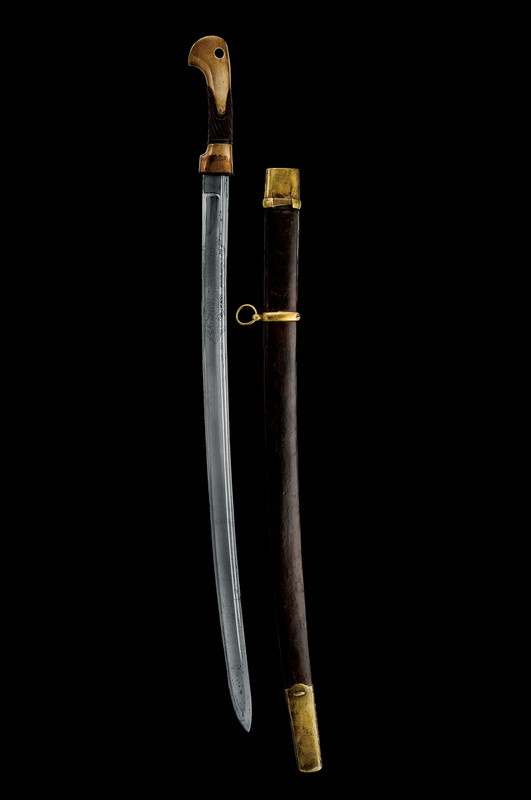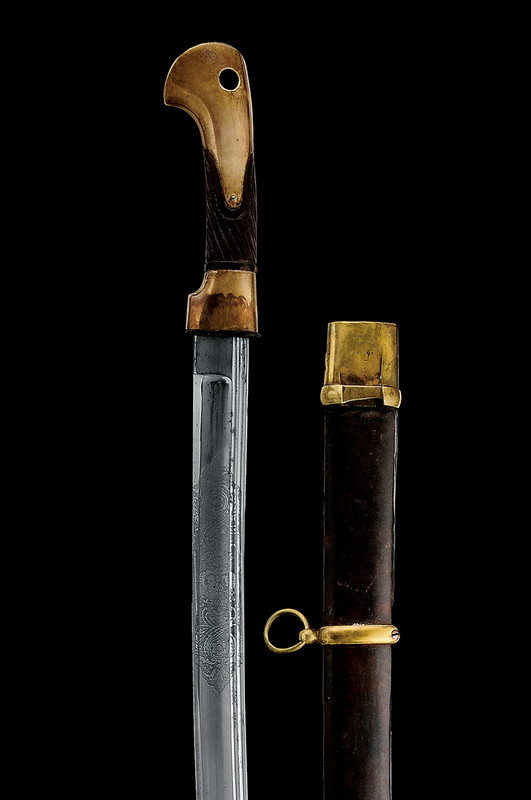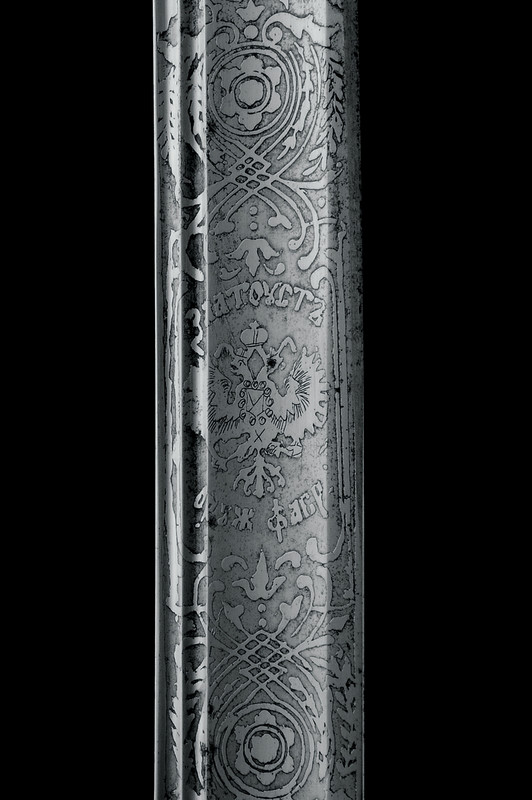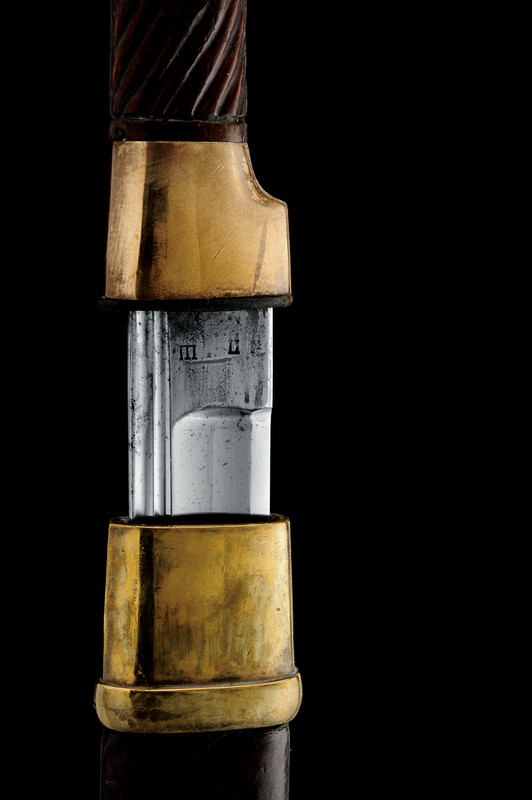Sorry, I can't see the picture from first post. May be that is a "клыч" (cossack's name).
Do not believe everything in Wiki and others (especially in Russian language)...
For example, think about this phrase from
http://www.popmech.ru/ "Идеальная шашка Оружие Популярная механика" :
"К тому же удар требует двух раздельных движений - взмах и нанесение удара, а укол - одного."
In English means: "Moreover, a blow requires two separate movements - up and (then) makeing a blow, but a prick requires only one (movement)".
If this is a "mechanics", so may be very very popular "mechanics".
I don't want to say that the esse is absolutely bad (it has a lot of good information),
but it's p o p u l a r, don't forget about it ...
Of course shashka was used widely in Russia, and of course it is NOT Russian weapon.
"Russian" shashka with guard (experimental shashka by Федоров) - this is Russian dragoon's weapon, but a cossack is not a dragoon ("cossack" is a complex object (not only a professional warrior); at the moment we don't touch ethnology aspects).
Generally spoken: "C o s s a c k shashka" has no guard ((not cossack's from the river Don nor from the Ukraine-(Zaporozhian) or Urals etc.)). It may be Georgian or Osetia or etc. "type", but again without any guard. Cossack shashka is not a weapon for fencing, it's a killer of infantry (for cavalry they had pikes).
And again, there are no serious scientific works about sabres of Old Russia, except by Кирпичников А. Н. "Древнерусское оружие" Том 1. Мечи и сабли IX-XIII вв., 1966 (Kirpichnikov A. N., " Old Russia weapon", vol. 1. Swords and sabres IX-XIII c., 1966), but there were no any cossacks at that time. They appeared later in XV c..
look here (and need to register):
http://annals.xlegio.ru/contens/sai.htm
[ plus esse by Евглевский, Потемкина (Evglevsky, Potemkina) about typology of sabres of IX-XIV c., unfortunatly there is no this esse in Internet ;
plus the work by Кочкаров У.Ю. «Вооружение воинов Северо-Западного Предкавказья VIII-XIV вв. (оружие ближнего боя)»
http://www.tayc.ru/v2/index.shtml?action=details&bnum=430
but this work must be ordered ]
And if you want to see an image of "cossack shashka" in my imagination, it is near to this:
1881 model cossack officer's shasqua, Czerny's auction.jpg
1881 model cossack officer's shasqua, Czerny's auction_2.jpg
1881 model cossack officer's shasqua, Czerny's auction_3.jpg
1881 model cossack officer's shasqua, Czerny's auction_4.jpg
I'm absolutely not an expert, but I'm 1/2 cossack :) (my father is cossack from r. Don, and his father so, and his mother and so on and ...). Excuse me for off-top.
Thank you all, and sorry for my awful English
 Attachment: 25.18 KB
Attachment: 25.18 KB

 Attachment: 46.94 KB
Attachment: 46.94 KB

 Attachment: 84.88 KB
Attachment: 84.88 KB

 Attachment: 57.2 KB
Attachment: 57.2 KB




